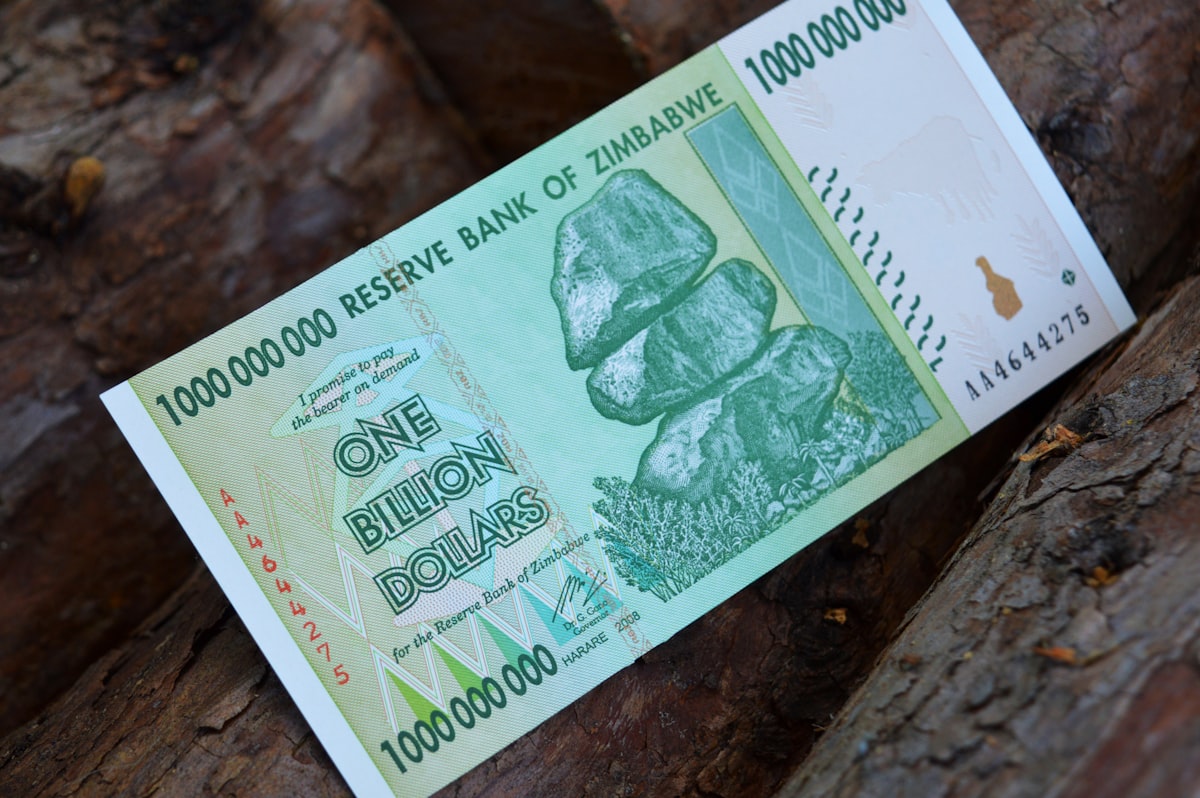August inflation watch: High food prices plague African countries
Zimbabwe continues to experience hyperinflation while other countries on the continent struggle to rein in rising consumer prices.

Inflation remains a significant issue in Africa despite efforts by nations across the continent to halt the ongoing trend. According to the International Monetary Fund (IMF), rising food and fuel costs are the main drivers of inflation in Sub-Saharan Africa, which is, in turn, down to the present supply chain shock rising from covid-19, the Ukrainian war and severe natural disasters.
As high inflation continues to weigh on African economies, governments are forced to implement monetary tightening measures, as previously reported by Crypto Africa.
Here is a look at August 2022 inflation figures across Africa.
Vital data
The story behind the numbers
Zimbabwe
- Zimbabwe continues to experience hyperinflation as the country’s Consumer Price Index (CPI) for August rose to 285% from 256.9% in July.
- Note: CPI practically means the same as inflation.
- Zimbabwe’s central bank recently increased bank interest rates from 80% to 200% to discourage currency speculation and arrest inflation. The Southern African country also introduced gold coins in July, as reported by Crypto Africa. Each coin was worth $1,800 at the time.
- According to a recent World Bank food security update, Zimbabwe ranked second on a list of countries experiencing the worst food price increases, with a 23% food inflation rate, according to a recent World Bank food security update.
Ghana
- Despite the Bank of Ghana raising interest rates to 22%, the country witnessed a 33.9% inflation rate in August, the highest level since 2001. This was driven by high fuel prices, with the highest rate recorded at 46.7%.
Ethiopia
- Inflation in Ethiopia slowed in August to 32.5% from 33.5% in July. However, food inflation worsened — 31.5% in August vs. 30.4% in the previous month.
- Ethiopia continues to grapple with multiple conflicts, prolonged droughts, and seasonal floods.
Nigeria
- Nigeria is also struggling to contain its inflation problems. It reported a CPI increase of 20.52% in August, the highest in 17 years.
- However, food inflation was worse than the overall CPI. According to the National Bureau of Statistics, the country’s food inflation was 23.12% in August, compared to 22.02% in August 2021.
Kenya
- The inflation rate in Kenya rose for the sixth consecutive month to 8.5% in August, the highest price figure since June 2017.
- The Kenyan National Bureau of Statistics explained that the rise was due to an increase in the prices of food and other commodities. The Eastern African country is suffering from severe drought alongside the global food crisis, which partly contributed to the 15.3% food inflation rate.
Zambia
- However, Zambia bucked the prevailing trend of high inflation by reporting a 9.8% decline in consumer prices in August 2022. The country had reported a 9.9% rise in consumer prices in July. Food prices in the country also dropped by 11.3% in August. However, non-food inflation increased to 7.8%.
- The Bank of Zambia Monetary Policy Committee projects that inflation will average 11.4% in 2022 and eventually drop to single digits in 2023.
- The country’s currency — the Zambian Kwacha — is also currently the world’s best performer against the dollar after the nation won approval for a $1.3 billion bailout from the International Monetary Fund (IMF).
The crypto angle
- Many young Africans are losing confidence in fiat currencies and are turning to cryptocurrency to shield their earnings from the ravaging inflation.
- According to data from peer-to-peer (P2P) exchange platform Paxful, Nigeria’s volume of Bitcoin trades via P2P was over $1.1 billion between January 2021 and June 2022.
- This made Nigeria Paxful’s largest market despite the order by the Central Bank of Nigeria that stopped local financial institutions from offering services to crypto entities.
- Kenya also saw P2P volumes of over $200 million in 2021 and over $125 million in the first half of 2022, making it the second largest market in Africa.
- Speaking to Bitcoin.com News, a crypto publication on the reasons behind the surge of African P2P volumes, Paxful said:
“For a market like Africa, where many people are underbanked and financial institutions are not as easily accessible, P2P finance provides an opportunity for financial inclusion. There’s been an explosion in Bitcoin adoption in Nigeria due to a multitude of factors: a 33% unemployment rate, an unbanked population of 38 million adults, a young and entrepreneurial community (over 75% of its population is under 35), and financial instability — such as volatility around the naira.”



